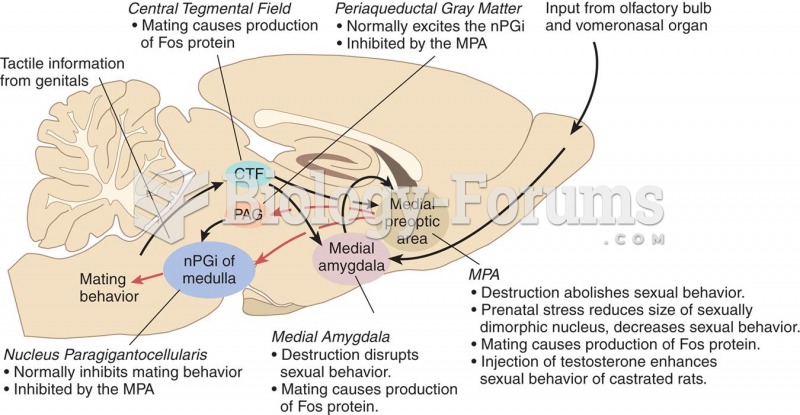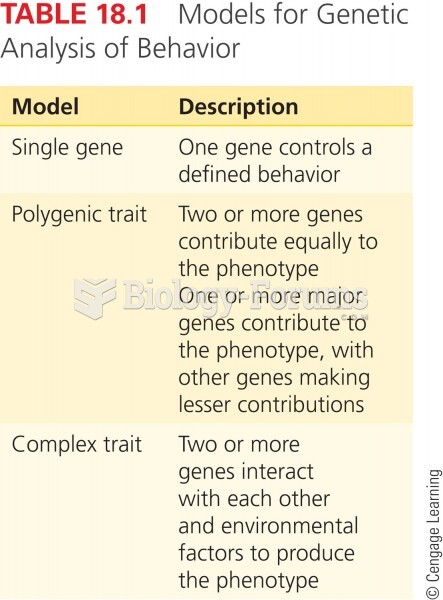This topic contains a solution. Click here to go to the answer
|
|
|
Did you know?
Since 1988, the CDC has reported a 99% reduction in bacterial meningitis caused by Haemophilus influenzae, due to the introduction of the vaccine against it.
Did you know?
The familiar sounds of your heart are made by the heart's valves as they open and close.
Did you know?
Your heart beats over 36 million times a year.
Did you know?
Most childhood vaccines are 90–99% effective in preventing disease. Side effects are rarely serious.
Did you know?
Green tea is able to stop the scent of garlic or onion from causing bad breath.







